

Henan LIMING Heavy Industry Science and Technology Co. LTD which mainly manufacture large and medium-sized crushing and grinding equipments was founded in 1987. It is a modern joint-stock corporation with research, manufacturing and sales together
MOBILE CRUSHERS
Stationary Crushers
Grinding Mills
Accessory Equipment
OUR
Applications
LATEST
NEWS
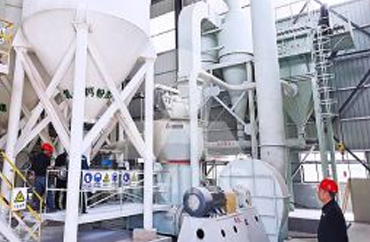
Limestone powder brings benefit to concrete mixing plant
Jaw Crushers: Your Go - to for Primary Crushing 1/7/2025
In industries like mining, construction, and recycling, jaw crushers are the top choice for primary crushing. Their strong build, efficient performance, and wide - ranging use make them essential for turning large raw materials into smaller, workable pieces.
How It Works
Jaw crushers use compression. With a fixed and a movable jaw, the movable one swings via an eccentric shaft. Materials in the crushing chamber get squeezed and sheared between the jaws until they’re small enough to exit through the bottom opening. This simple yet effective design lets it handle tough materials like granite, basalt, and quartz easily.
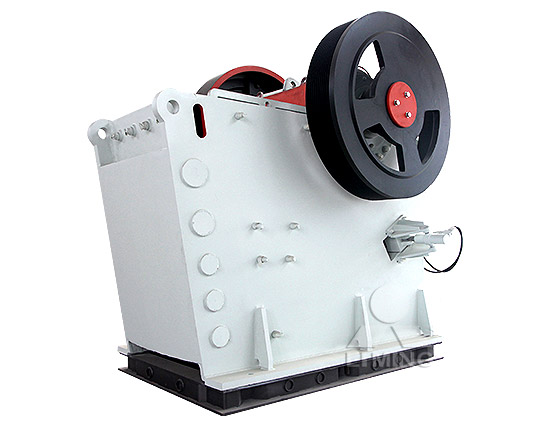
Why Choose Our Jaw Crushers?
High Crushing Power
Our jaw crushers offer an impressive crushing ratio, reaching up to 10:1 or more. This means large rocks can be crushed into smaller aggregates in just one go, speeding up your production process. For example, in a quarry, 1 - meter granite rocks can be quickly prepped for the next crushing stage.
Save on Energy Costs
Despite their strength, our jaw crushers are energy - smart. The optimized design cuts down energy waste, helping you process the same amount of materials with less power. That’s big savings, especially for large - scale, continuous projects.
Built to Last
Made with top - quality materials and precision parts, our jaw crushers can handle heavy - duty work. The wear - resistant manganese steel jaws last thousands of hours, and the sturdy frame and reliable drive keep the machine stable, reducing breakdowns and extending its life.
Ideal for Multiple Industries
Mining: The first step for crushing gold, copper, iron, and other metal ores, making mineral extraction easier later.
Construction: Key for producing aggregates for concrete, asphalt, and road bases. Also great for recycling construction waste into reusable materials.
Recycling: Breaks down large waste like metal scraps and wooden logs, ready for sorting and recycling.
Easy Maintenance
With a simple structure, maintaining our jaw crushers is a breeze. Replaceable parts like jaws and liners are easy to access and swap. Regularly lubricating moving parts keeps it running smoothly. Plus, many models have monitoring systems to spot issues early, saving you time and money on repairs.
Don’t miss out on boosting your productivity and profits! Check out our high - quality jaw crushers now and find the perfect match for your business needs.
Mobile Crushers and Screens: Your Ideal Solution for Efficient Material Processing 26/6/2025
In construction, mining, and recycling, the need for efficient material processing equipment is rising. Mobile crushers and screens stand out, offering unmatched advantages over traditional static models.
Mobility & Flexibility
With track or wheel - mounted designs, these units are easily transportable. Process materials on - site at quarries, construction sites, or recycling depots, slashing transportation costs. In mining, move crushers as ore is extracted; in construction, adapt screens to changing needs for quick aggregate separation.
High - Performance Operation
Equipped with advanced tech, our mobile crushers (jaw, cone, impact) handle diverse materials, producing top - quality aggregates. Mobile screens, featuring high - frequency vibrations and durable media, separate materials by size, with adjustable angles and speeds for customized processing.
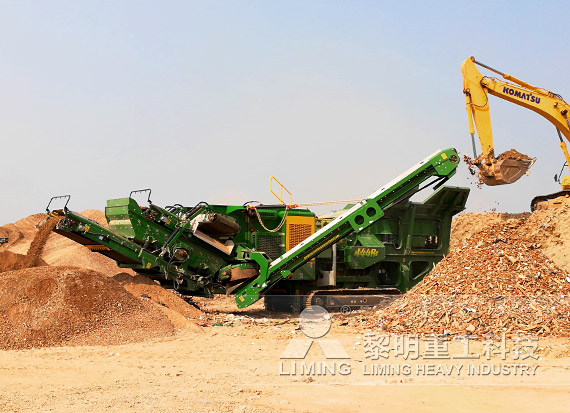
Wide - Ranging Applications
Mining: Crush ores at various stages, process hard rocks, and maximize value from old mine dumps.
Construction: Recycle waste like concrete into reusable aggregates, and produce materials for new builds.
Recycling: Break down and sort plastics, metals, and wood for efficient recycling.
Why Us?
Reliability: Quality components and strict checks ensure smooth, long - term operation.
Customization: Tailor equipment with different crushers, screens, and optional features.
Service: Expert support from consultation to after - sales, including training and technical help.
For a reliable, efficient material processing solution, choose our mobile crushers and screens. Contact us now to learn more.
Key Equipment in Gold Ore Beneficiation Lines 19/5/2025
In the gold mining industry, the efficiency and productivity of a gold ore beneficiation production line largely depend on the proper selection and configuration of equipment. As a renowned factory dedicated to manufacturing top - notch mining equipment for crushing, screening, and mineral processing, we offer tailored solutions to maximize the value extraction from gold ores.
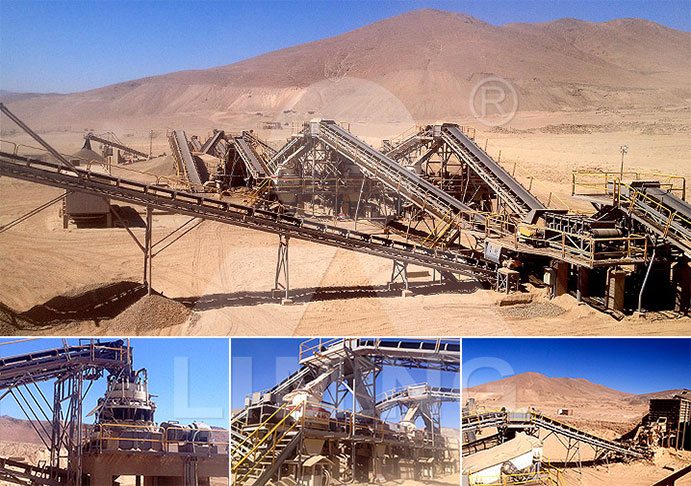
The initial stage of any gold ore beneficiation process is crushing, which reduces the size of the raw ore for subsequent processing. For coarse crushing, jaw crushers are the go - to choice. Their robust structure and high - crushing ratio can handle large - sized gold ores with ease. For example, when dealing with hard - rock gold ores, a heavy - duty jaw crusher can efficiently break down the material to a suitable size for secondary crushing.
For medium and fine crushing, cone crushers or impact crushers are commonly used. Cone crushers are ideal for producing a consistent product size, making them suitable for processing sulfide gold ores that require precise particle size control for further flotation or cyanidation processes. Impact crushers, on the other hand, are more effective for brittle gold ores, providing a high reduction ratio and good - shaped product particles.
After crushing, screening equipment plays a vital role in separating the crushed ore into different size fractions. Vibrating screens are widely applied due to their high screening efficiency and large processing capacity. They can accurately classify the ore, ensuring that only the appropriately sized particles move on to the next processing stage. For instance, in a placer gold deposit beneficiation line, vibrating screens can quickly separate the gold - bearing sand from larger pebbles and debris, improving the overall recovery rate of gold.
Flotation Machines: In the case of sulfide and refractory gold ores, flotation machines are essential. These machines use the principle of surface chemistry to selectively separate gold - bearing minerals from gangue. Modern flotation machines are designed with advanced aeration and mixing systems, which can enhance the flotation efficiency and increase the gold concentrate grade.
Cyanidation Tanks: For ores suitable for cyanidation, large - capacity cyanidation tanks are required. These tanks provide a sufficient reaction space for the gold to dissolve in the cyanide solution. Equipped with efficient agitation devices, they ensure uniform mixing and accelerate the gold dissolution process.
Small - scale projects often have limited budgets and space. Compact and cost - effective equipment combinations are preferred. For example, a small - scale gold ore crushing system could consist of a small - sized jaw crusher followed by a hammer crusher for secondary crushing. A simple circular vibrating screen can be used for screening. In terms of mineral processing, a small - batch flotation machine or a simple cyanidation setup can be adopted, depending on the ore type. This configuration not only meets the basic production requirements but also reduces the initial investment cost.
These projects demand high - capacity and highly automated equipment. A multi - stage crushing system, such as a combination of jaw crushers, cone crushers, and vertical shaft impact crushers, can be employed to handle large volumes of raw ore efficiently. High - precision and large - area vibrating screens are necessary to ensure accurate screening. In the mineral processing stage, a series of large - scale flotation machines or continuous - operation cyanidation plants are required. Automation control systems are also integrated into the production line to monitor and adjust the equipment operation in real - time, improving production efficiency and reducing labor costs.
Optimizing the production line is not only about selecting the right equipment but also about proper operation and maintenance. Our company provides comprehensive after - sales services, including regular equipment maintenance, performance optimization, and operator training. By using high - quality wear - resistant parts for crushing equipment, we can extend the service life of the machines and reduce downtime. Additionally, our intelligent monitoring systems can predict potential equipment failures in advance, enabling timely maintenance and avoiding production interruptions.
An optimized gold ore beneficiation production line is the key to successful gold mining. With our advanced mining equipment and professional technical support, we are committed to helping our clients build efficient, reliable, and profitable gold ore beneficiation production lines, no matter the scale of the project.
Why
Choose Us
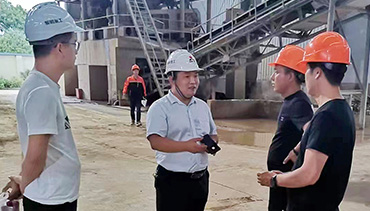
Passionate
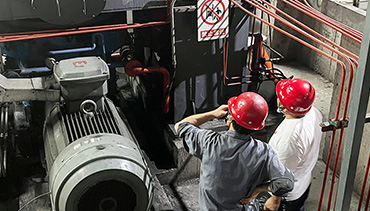
Professional
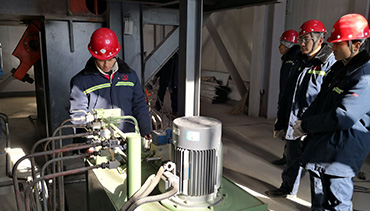
Support
